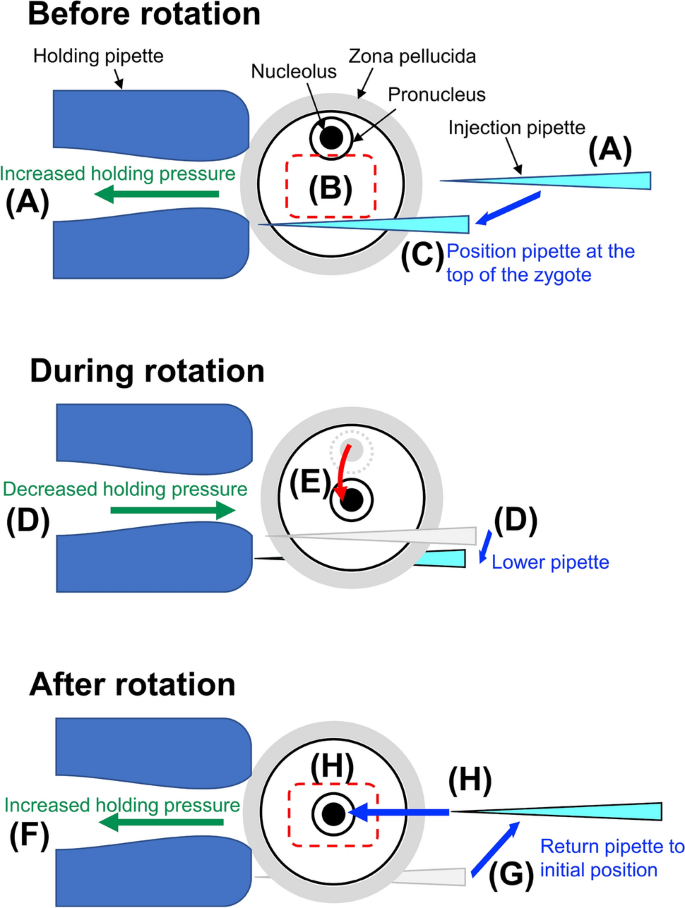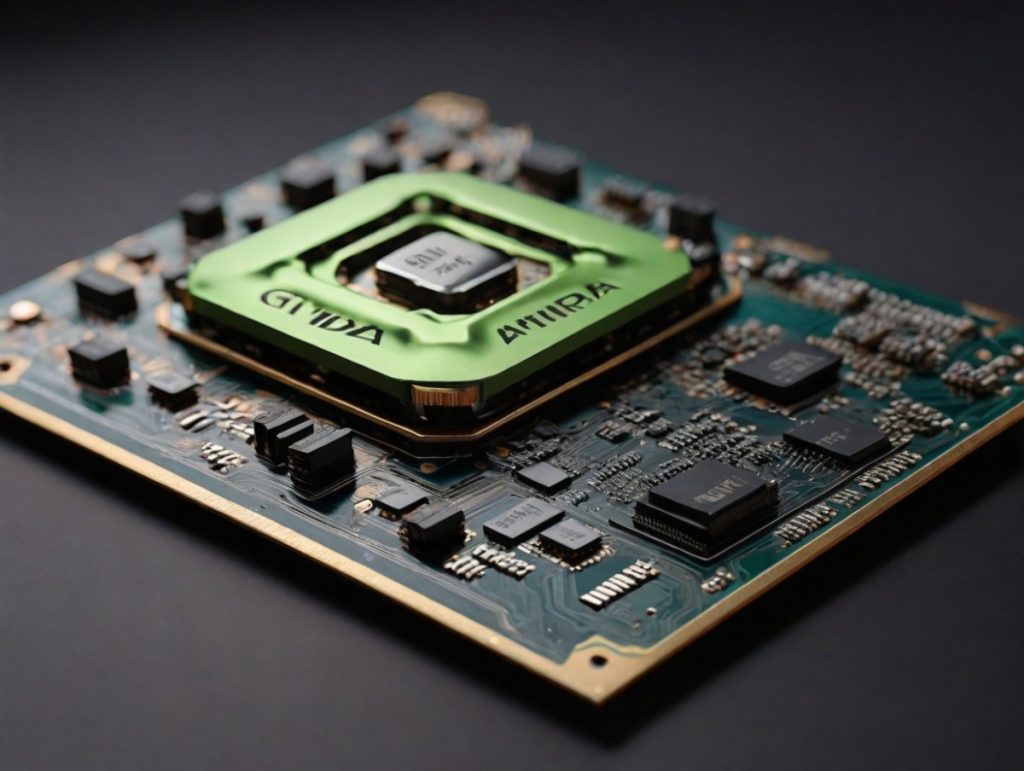In the wake of the Hamas attacks on Israeli-Gaza border communities, a remarkable initiative unfolded, spearheaded by Prof. Karine Nahon, head of the Data, Government, and Democracy Program at Reichman University.
What began as protests against government judicial reforms swiftly transformed into a pivotal civilian effort to locate thousands of missing individuals. Employing the power of artificial intelligence (AI), Nahon and her team embarked on a mission of immense urgency and complexity.
Utilizing AI in crisis response
Following a Zoom meeting of protest leaders on October 7, Prof. Karine Nahon orchestrated the establishment of a civilian war room in response to the escalating crisis. With reports of killings and kidnappings mounting, Nahon canceled planned protests and mobilized volunteers to aid in the search and rescue efforts.
The collaboration between former IDF chief of staff Dan Halutz, high-tech executive Ari Harel, and Nahon exemplified a cross-disciplinary approach to crisis management.
Without official statistics on the number of individuals in affected areas during the attacks, Nahon recognized the potential of existing data within community networks. Leveraging her judicial protest WhatsApp groups, Nahon rallied 1,500 volunteers to join the cause. This grassroots effort laid the foundation for a data-driven approach to locating missing persons.
Developing customized AI tools
Without off-the-shelf solutions, Nahon’s team developed bespoke algorithms tailored to the unique challenges of identifying missing persons from vast amounts of multimedia data. Volunteers from diverse backgrounds contributed their expertise to refine these tools, exemplifying the power of collective innovation in crisis response.
While AI played a crucial role in processing and analyzing data, human intelligence remained indispensable in interpreting nuanced visual cues and contextual information. Volunteers meticulously examined videos and photographs, employing visual and linguistic analysis to identify potential leads. This hybrid approach underscored the complementary nature of human and machine intelligence in complex decision-making processes.
Achievements and future implications
Despite formidable obstacles, the civilian war room made significant strides in narrowing down the list of missing persons from an initial estimate of 10,000 to approximately 4,300 individuals. Through relentless efforts and innovative methodologies, the team demonstrated the transformative potential of AI in crisis management and humanitarian response.
The success of this initiative serves as a testament to the importance of agile problem-solving and interdisciplinary collaboration in times of crisis. Looking ahead, Prof. Karine Nahon emphasizes the need for continued investment in AI research and development to address evolving challenges in disaster response and public safety.





